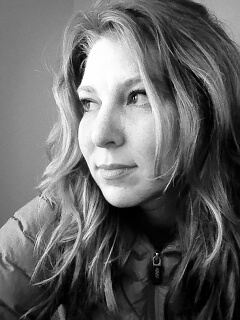Rebecca Gaal is a humanitarian and conservation photographer, painter, illustrator, writer and student of International Public Health studies. She is devoted to examining healthcare issues, environmental concerns and the relationships between the two. Her work has taken her across the globe where she has been witness to the full spectrum of humanity. Gaal’s passion is long term, in-depth projects where she can watch the progression or degradation between man, medicine, nature and it’s inhabitants. Gaal’s work aims to show the interconnectedness of issues, to create better understanding and find solutions. The hope is that with understanding, empathy and change have a chance to grow.
When not on assignment or teaching photography courses, Rebecca can be found racing outrigger canoes, working in the garden with her golden retrievers, puttering in the garage or drawing while the coffee brews.
Rebecca is available for international assignments, editorial and commercial work.
